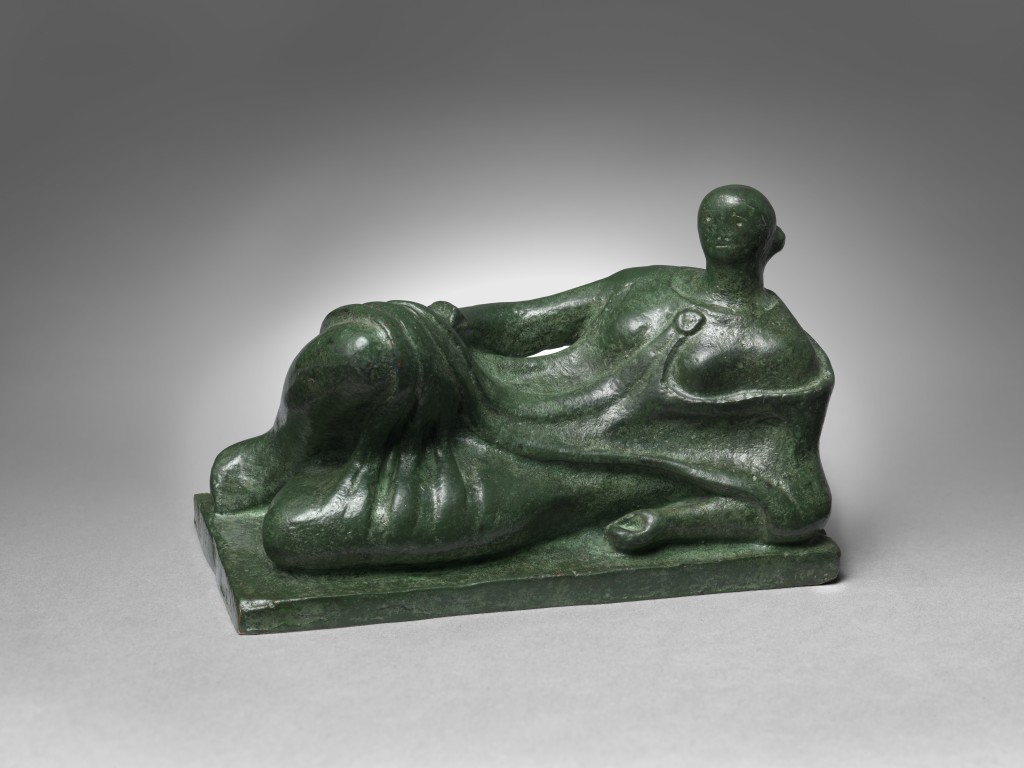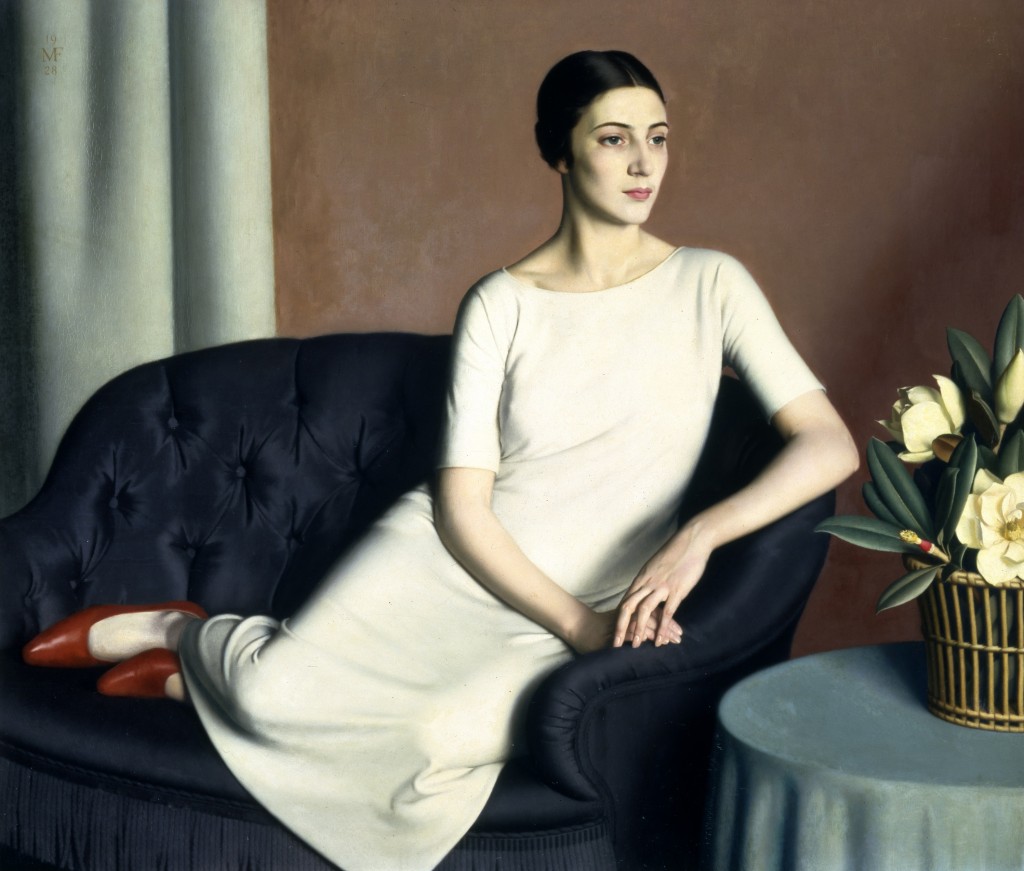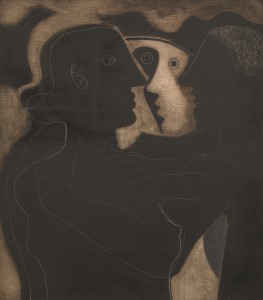
‘Idealism & Uncertainty Classicism in Modern British Art’ at the Pallant House Gallery is this season’s must see exhibition. Simon Martin, the gallery’s Artistic Director and Curator of this show, has once again demonstrated his remarkable insight into this period of British artistic endeavour.
The exhibition is the first to explore how Modern British artists referenced the past as they developed a distinctive form of modern art. It is a particular characteristic of the British that as we embrace the future and celebrate the modern we always have one eye on the past. Our art, like our nation’s history, reflects procession as well as revolution. The work on display reflects the experience of war and the social concerns which defined Britain in the 20th century.

Against the backdrop of the political uncertainties of the 1930s, classicism in Britain became a style associated with progressive traditionalists. This influence is reflected in the work of artists like Meredith Frampton who sought clarity and precision in her portraits.
After the experience of the Great War artists like Wyndham Lewis and Frederick Etchells developed a more rounded form of figurative art in contrast to their earlier Vorticist and Cubist work.

Whilst figurative artists like Paul Nash experimented with Surrealism their art was still broadly figurative, executed with a purity of line.
This search for purity of line and simplicity, Simon Martin argues, is also expressed in the work of abstract artists associated with groups like Unit One. Ben Nicholson’s exquisite study of his lover, the sculptor Barbara Hepworth, depicted in silhouette communicates an extraordinary tenderness through its paired down qualities of line and tone. Here Hepworth’s head gazes into the eyes of a man, presumably Nicholson, who is depicted as a Roman Emperor or god. The couple had holidayed in St Rémy de Provence at Easter in 1933 and it is likely that the nearby Roman ruins of Glanum influenced the work.
Henry Moore’s figures also express a concern with, what Simon Martin describes as, ‘classicising form’ which can be seen in the recumbent figure from 1945.
The strength of the narrative of this show is exceptional. The works are confidently placed in the context of their time and the procession of classicism in art history, re-interpreted by Modern British artists. Simon Martin is to be congratulated.
I am excited that Toovey’s Fine Art Auctioneers are sponsoring this ‘must see show’. ‘Idealism & Uncertainty: Classicism in Modern British Art’ at Pallant House Gallery, 9 North Pallant, Chichester, PO19 1TJ, runs until 19th February 2017.
By Rupert Toovey, a senior director of Toovey’s, the leading fine art auction house in West Sussex, based on the A24 at Washington. Originally published in the West Sussex Gazette.